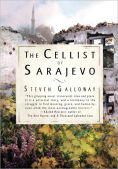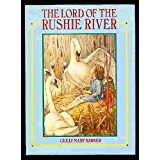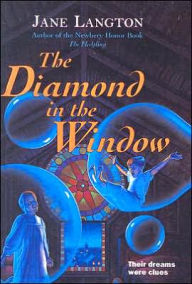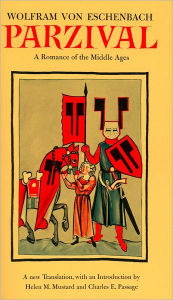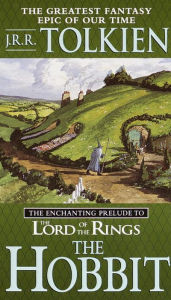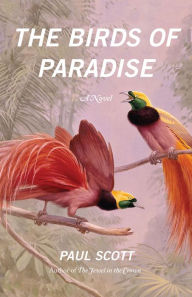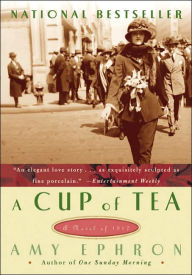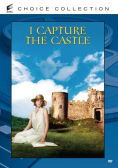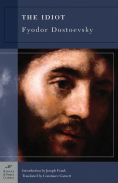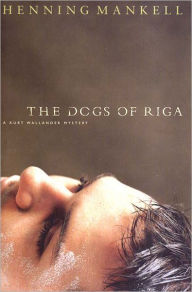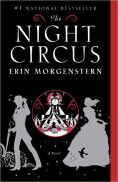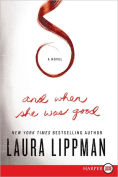It seems a good moment to be reminded of those who retain their integrity even in the worst of times. Like Geraldine Brooks’s People of the Book, this novel is based on a true story of courage and honor during the siege of Sarajevo.
Galloway’s novel is based on the actions of Vedran Smailović, a former cellist in the Sarajevo String Quartet, who during the siege played among the ruins, especially the Albinoni piece, and at funerals, even though funerals were often targeted by snipers. Unsurprisingly, Smailović was furious that his life and story had been co-opted by someone else without his permission, calling it an invasion of his privacy. He also said,
“I didn’t play for 22 days, I played all my life in Sarajevo and for the two years of the siege each and every day.
“They keep saying I played at four in the afternoon, but the explosion was at 10 in the morning and I am not stupid, I wasn’t looking to get shot by snipers so I varied my routine.
“I never stopped playing music throughout the siege. My weapon was my cello.”
Galloway, on his part, defends his actions by saying in the same article that Smailović’s actions had been “an extremely public act” and that a writer need not get permission from his sources of inspiration. Apparently they have since begun to move towards reconciliation, but I still am concerned about defining the grey area between a private person and a public figure.
In Galloway’s story, on 27 May 1992 an unnamed cellist sees a mortar bomb explode in the square outside his room, killing 22 people who had been standing in line for bread. He decides to put on his formal clothes, go out to the spot where the bomb exploded at 4:00 pm and play Albinoni’s Adagio in G Minor, a piece composed around a fragment found after the bombing of the Dresden Music Library in 1942. He will do this every day for 22 days, if he survives that long.
The rest of the story revolves around three fictional characters, ordinary citizens whose lives have been derailed and distorted by the war. Arrow is a young woman who reluctantly became a sniper for the city’s defenders because of her previous experience on her university target-shooting team. To separate herself from that person who would never have used a rifle to kill, she has taken a different name. Yet she still struggles to align her actions with the remnants of her belief system. “The Sarajevo she fought for was one where you didn’t have to hate a person because of what there were . . . You could hate a person for what they did.” What could be more timely?
Dragan was able to send his wife and son out of the city before the siege and now lives with his sister and her family. He is trying to get to the bakery where he works, even though it is his day off, to eat in the employee cafeteria—one less burden for his sister. Dragan imagines Sarajevo as it was before the war, the parks, the Academy of Fine Arts, the Olympic venues from 1984. He is delayed by the people he encounters and the terrifying hesitation at street corners. Crossing a street means exposing yourself, and Dragan falls into magical thinking about what might save him. This is a choice I see people resisting today: to hide in memory or indulge in magical thinking. Only by facing reality can we address it.
Another person out on the streets is Keenan who must travel across the city to get water for his family and for his elderly neighbor, Mrs. Ristovski, even though he is almost paralysed by the thought of venturing out into the sights of the snipers in the hills. As he makes agonising decisions about which bridges to cross and whether to abandon Mrs. Ristovski’s cumbersome bottles, he becomes aware of tankers of water servicing the rich, those who are making money off the beleaguered residents. Keenan must find a way to live with his fear of death and decide whether it is worth going on.
Nothing is more relevant to today’s fears than this chilling reminder from late in the book. Although Galloway is referring to Sarajevo, he could be talking about any of several nations in the throes of change today.
. . . civilization isn’t a thing that you build and then there it is, you have it forever. It needs to be built constantly, re-created daily. It vanishes far more quickly than he ever would have thought possible.
What novel have you read recently that has given you new insight about current events?
